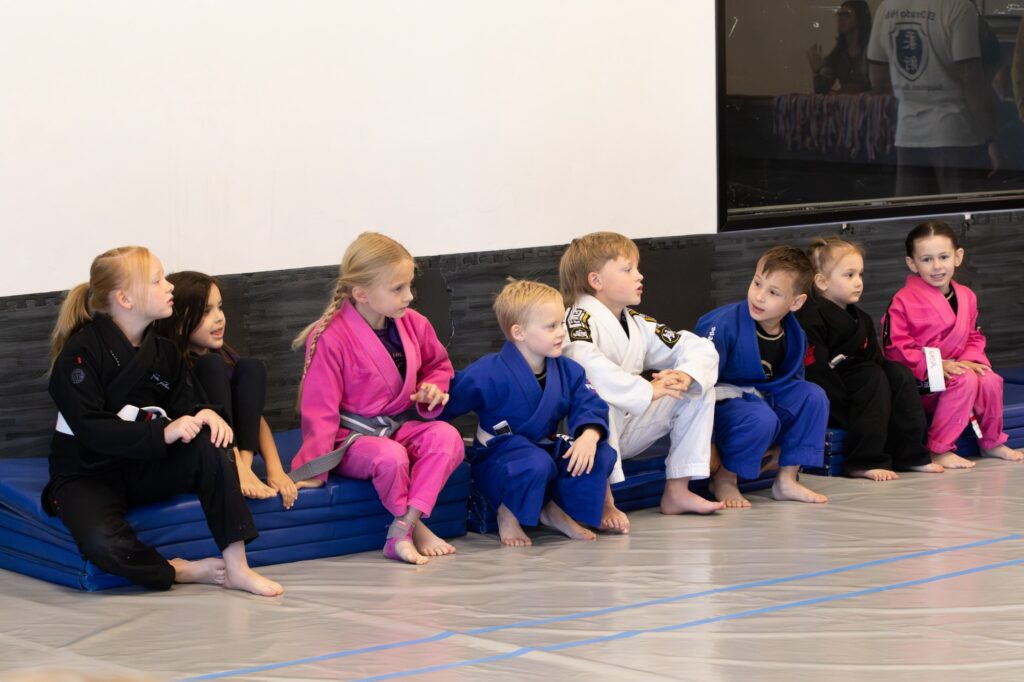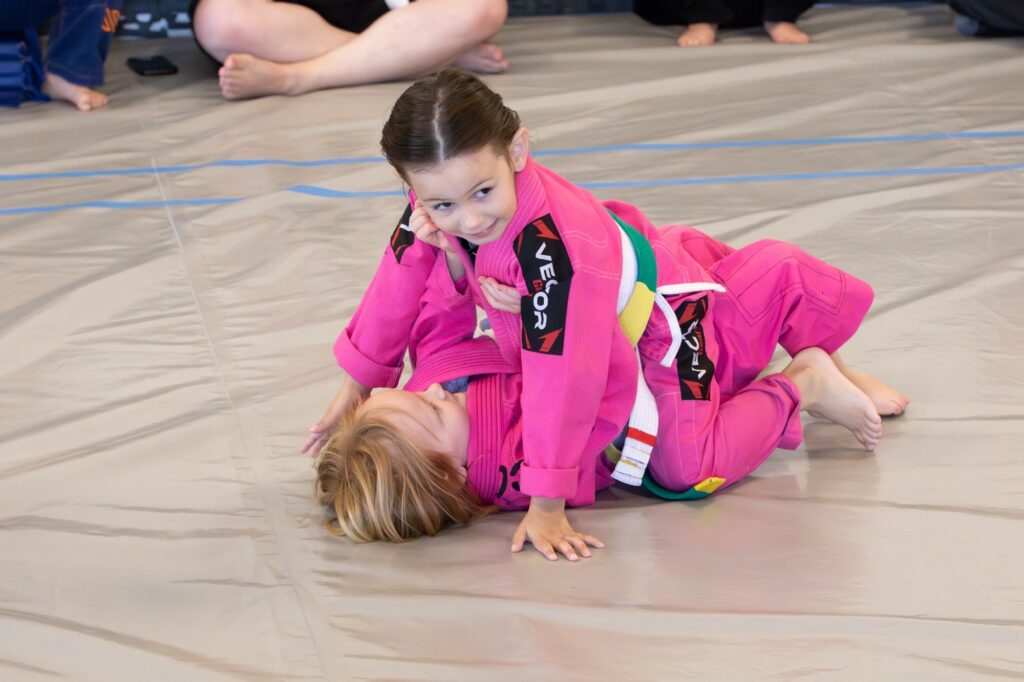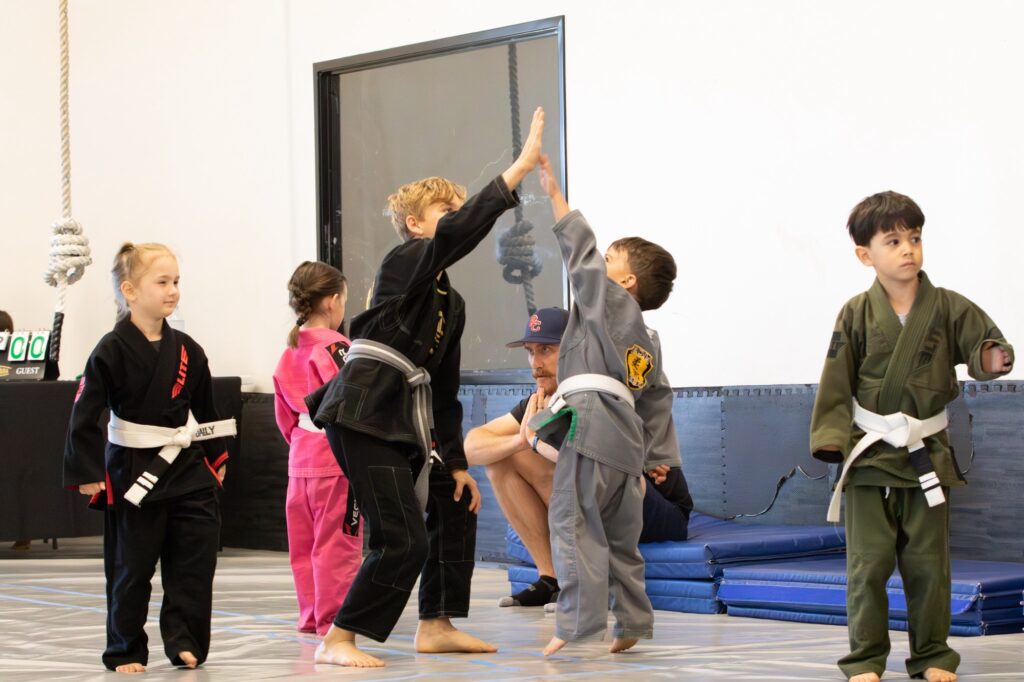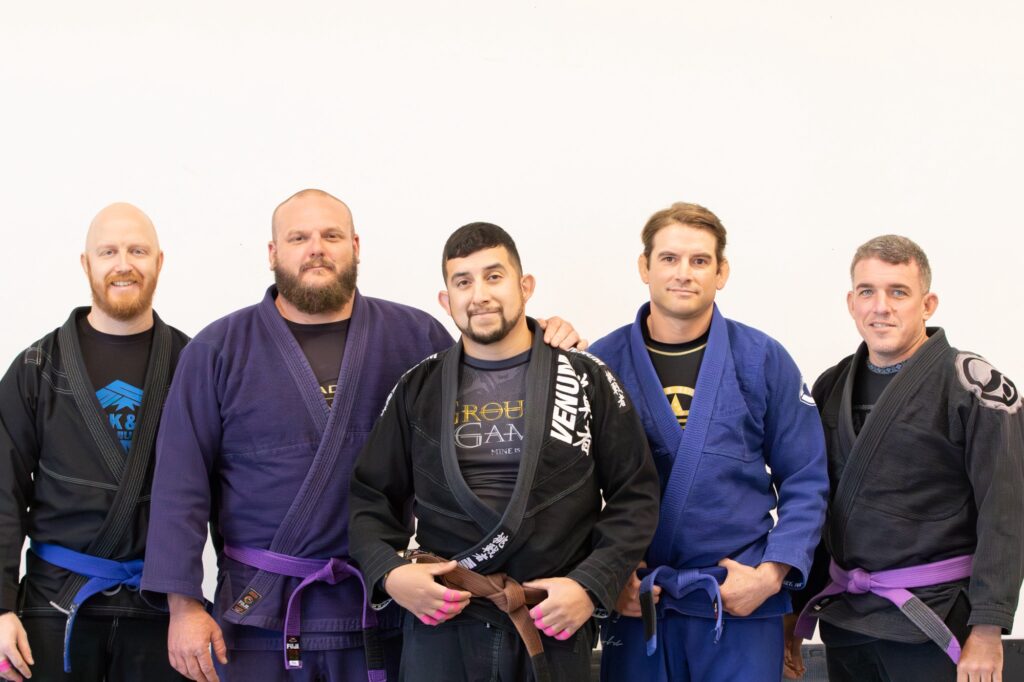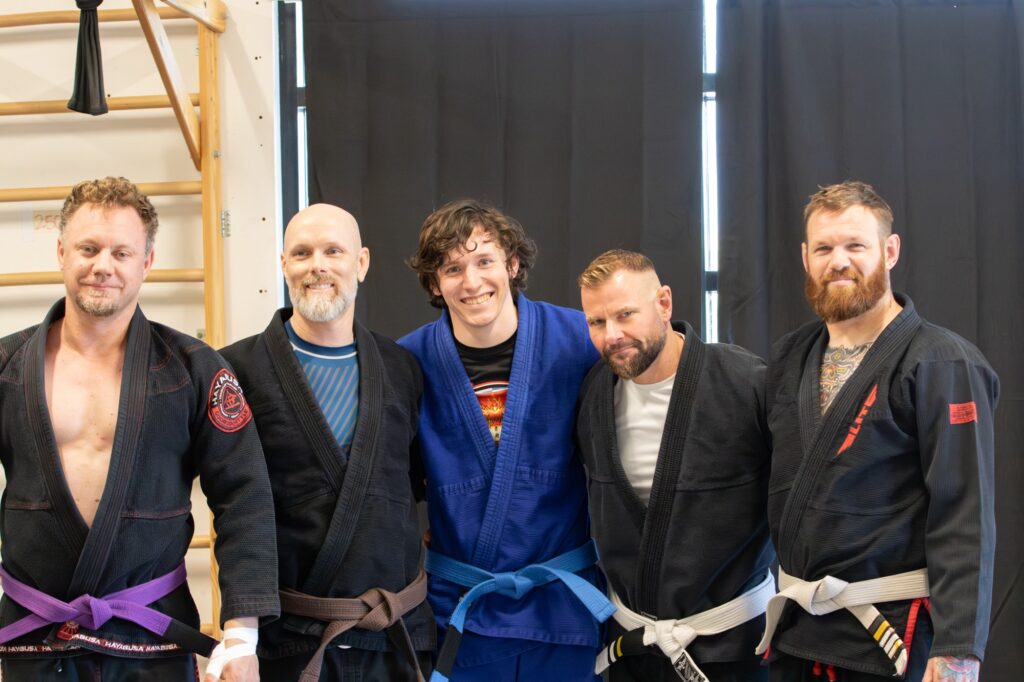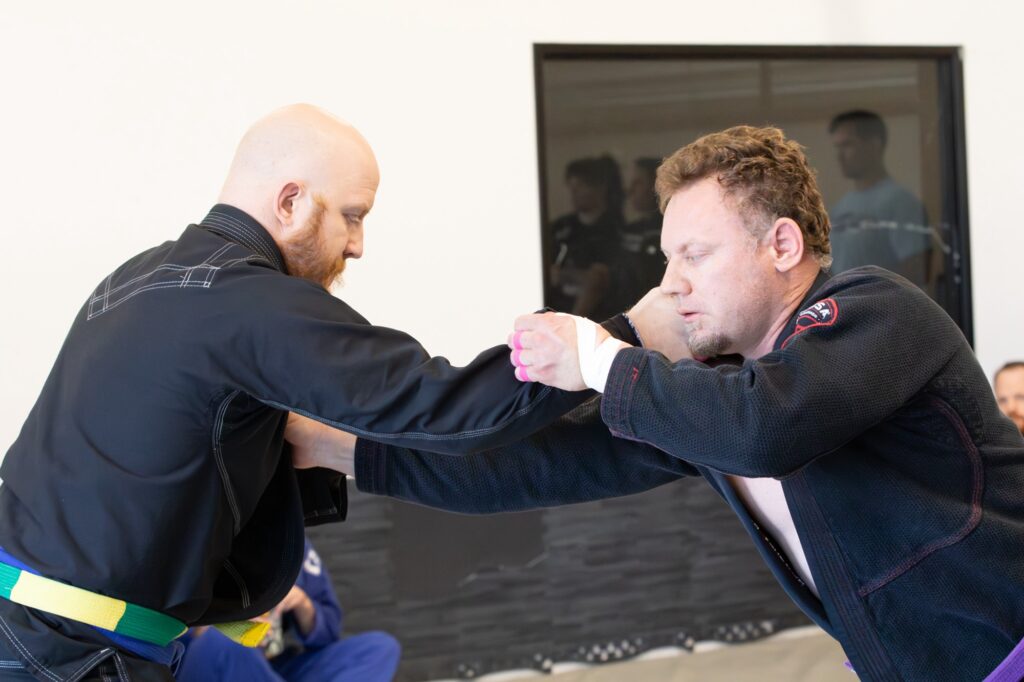Embarking on a new journey can be both exhilarating and intimidating, especially when it involves stepping onto the mats for the first time in a Jiu-Jitsu class. At EDH Jiu-Jitsu, we understand the unique challenges and immense rewards that come with starting something new as an adult. Our Beginner’s Adult Program is meticulously designed to welcome you, guide you, and support you every step of the way on your Jiu-Jitsu journey.
Why Jiu-Jitsu?
Jiu-Jitsu, often referred to as the “gentle art,” is a martial art that emphasizes technique, leverage, and strategy over brute strength. It’s an excellent way to get in shape, improve flexibility, and enhance mental toughness. More importantly, it’s a community where you can build lasting friendships and develop a profound sense of accomplishment.
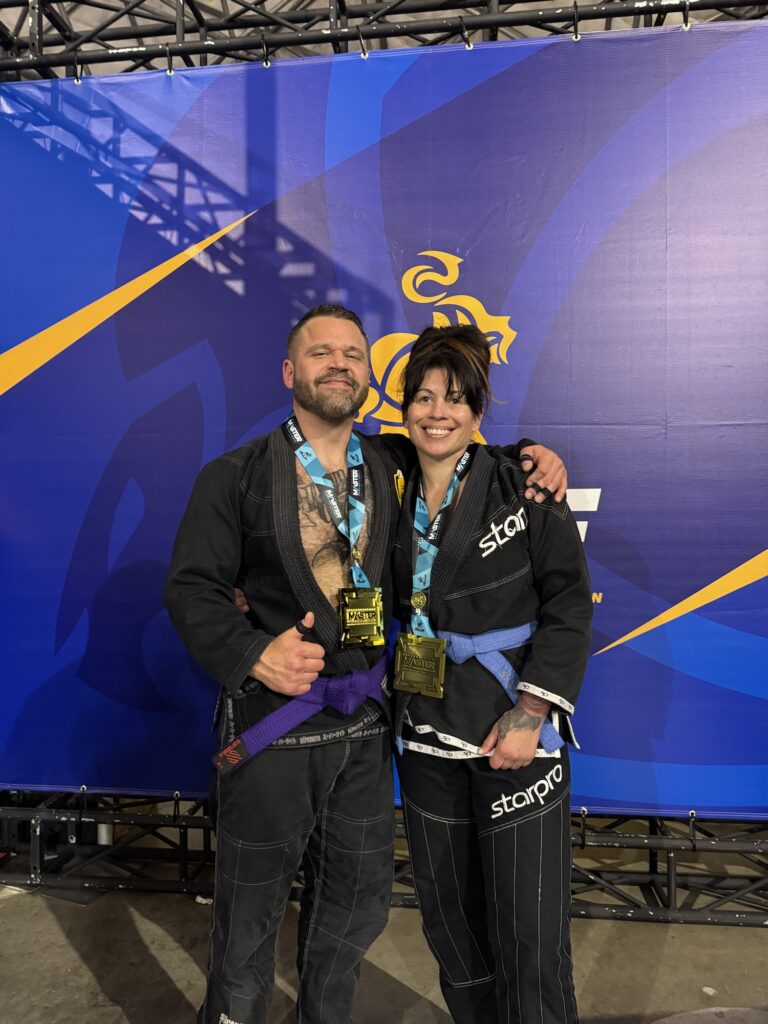
What to Expect in Our Beginner’s Program
1.Welcoming Environment: At EDH Jiu-Jitsu, we foster a supportive and inclusive atmosphere. Whether you’re completely new to martial arts or transitioning from another discipline, you’ll find a warm welcome here. Our instructors are dedicated to ensuring every student feels comfortable and motivated.
2. Structured Curriculum: Our beginner’s program is built on a structured curriculum that focuses on the fundamentals of Jiu-Jitsu. You’ll learn essential techniques, positions, and movements that form the foundation of your practice. Each class is designed to build on the previous one, ensuring a smooth and coherent learning progression.
3. Personalized Attention: We understand that everyone learns at their own pace. Our experienced instructors provide personalized attention to help you grasp concepts and techniques. Whether you need a little extra help with a particular move or guidance on improving your overall game, we’re here to support you.
4. Fitness and Conditioning: Jiu-Jitsu offers a full-body workout that enhances your strength, endurance, and flexibility. Our classes include exercises tailored to improve your physical fitness and prepare your body for the demands of training.
5. Safety First: Safety is our top priority. We emphasize proper technique and controlled training to minimize the risk of injury. Our instructors are vigilant in maintaining a safe training environment for all students.
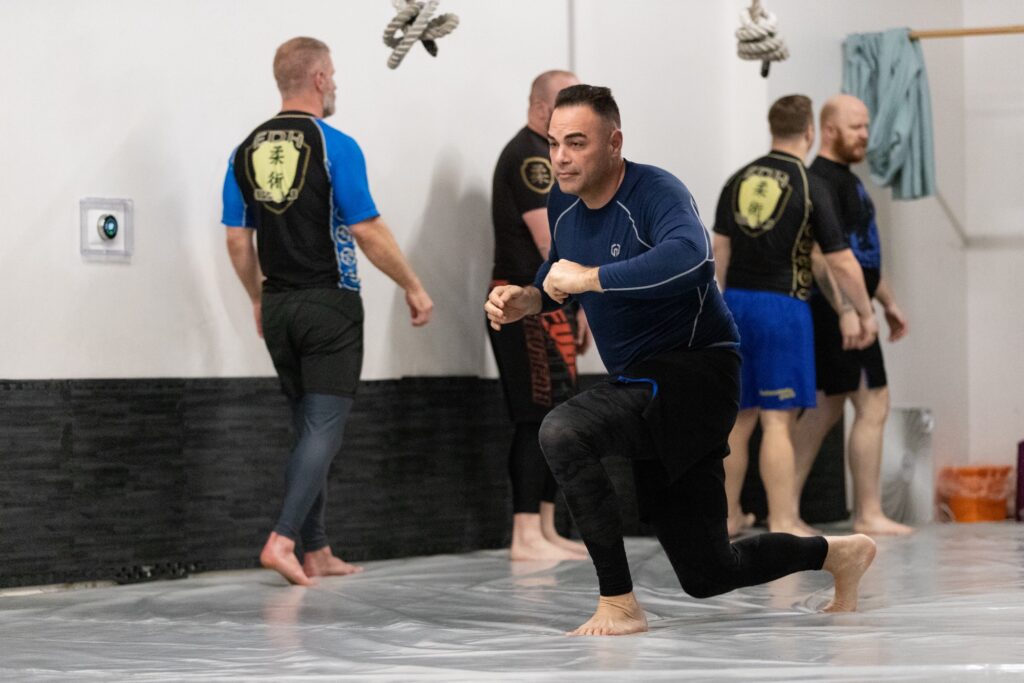
Benefits Beyond the Mat
Training in Jiu-Jitsu extends far beyond the physical techniques you learn. Here are some of the holistic benefits our students experience:
Mental Resilience: Jiu-Jitsu challenges you to think strategically and stay calm under pressure. These mental skills translate to everyday life, helping you handle stress and adversity more effectively.
Confidence Boost: As you progress in your training, you’ll notice a significant boost in your self-confidence. Mastering new techniques and overcoming challenges on the mat empower you in all areas of life.
Community and Camaraderie: The bonds you form with your training partners are unique and strong. At EDH Jiu-Jitsu, you’ll join a community of like-minded individuals who support and motivate each other.
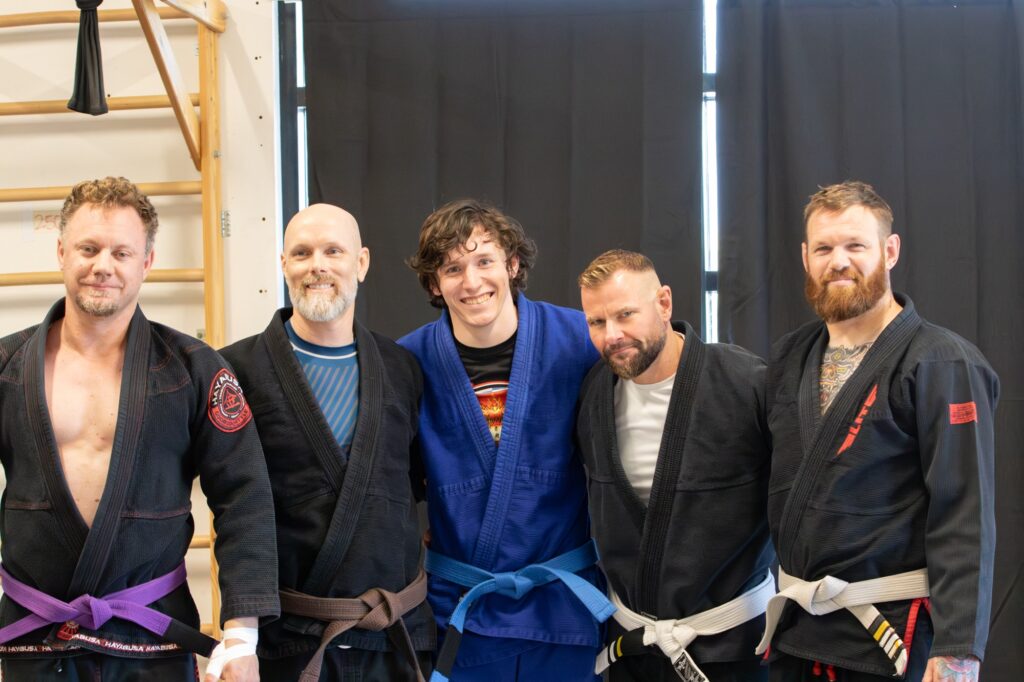
Getting Started
Starting your Jiu-Jitsu journey with us is simple. Here’s how to get started:
Sign Up for a Trial Class: We offer a trial class for beginners. This is a great opportunity to experience our training environment, meet our instructors, and get a feel for the class structure.
What to Wear: For your trial class, wear comfortable athletic clothing. We’ll provide a loaner gi (Jiu-Jitsu uniform) for you to train in.
Arrive Early: Arrive a bit early to your first class to complete any necessary forms and get acquainted with our facility.
Stay Consistent: Like any new skill, consistency is key. Attend classes regularly to see progress and fully immerse yourself in the learning process.
Starting Jiu-Jitsu as an adult is a rewarding and transformative experience. At EDH Jiu-Jitsu, our Beginner’s Adult Program is designed to make your introduction to this incredible martial art as smooth and enjoyable as possible. Join us and discover the many benefits of Jiu-Jitsu, both on and off the mat. We can’t wait to welcome you to our community and support you on your journey to becoming the best version of yourself.
Ready to take the first step? Sign up for your trial class today and unlock your potential with EDH Jiu-Jitsu!




